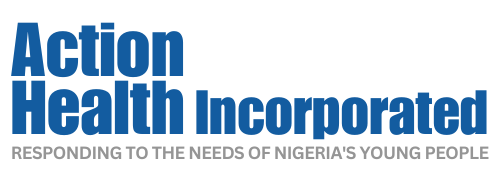REPRODUCTION
Sexual intercourse, commonly called making love, between a man and a woman is the way people make babies. It is also a way that men and women give and take physical pleasure. When two people are ready and want to be as close as possible to each other, they may have sexual intercourse. They touch, caress, and kiss each other until the man’s penis becomes erect and the woman’s vagina becomes wet and slippery from special fluids inside the vagina.
The man slides his penis inside the woman’s vagina and moves his penis in and out until he has an orgasm and ejaculates semen, called cum. A woman may also have an orgasm. Once a man has ejaculated, his penis will become soft and slip out of his partner’s vagina.
During sexual intercourse, semen is ejaculated into the woman’s vagina. The sperm then swim up the vagina, through the cervix, into the uterus and into the Fallopian tubes. If an egg has been released and swept into either one of the two Fallopian tubes, it can unite with sperm, which fertilizes it and the female can become pregnant (also called conception). About 500 million sperm is released during one ejaculation, but only about two hundred get close to the egg, with most dieing before they reach the Fallopian tubes. As soon as one sperm enters the egg, no other sperm can enter. The fertilized egg is called an embryo until it is nine weeks old, after which it is called foetus till the end of the pregnancy period when the baby is born.
A woman stops getting her period when she is pregnant. This is usually the first sign that a woman might be pregnant. She may also feel tired, have swollen and tender breasts and feel nauseated (want to throw up). The sure way to know if you’re pregnant is to see a doctor. A doctor can tell if a woman is pregnant by doing a blood or urine test. Pregnancy tests are available at a doctor’s office or a youth clinic. Home pregnancy tests are also available at drugstores, but are not always accurate.
The embryo grows quickly inside a sac filled with a watery fluid called amniotic fluid, which helps to keep the baby warm. As the embryo fastens itself to the inside of the uterus, a special organ called the placenta forms inside the uterus. During pregnancy, the placenta supplies the embryo (and later the foetus) with oxygen and nutrients from the mother. This keeps the baby growing and healthy till it’s ready to be born.
About 266 days after fertilization, the baby is ready to be born. A woman’s uterus is a powerful muscle and it tightens and relaxes until the baby is pushed against the bottom of the uterus and the opening in the cervix is wide enough for the baby’s head. This is called labour. It is both exciting and tiring and most women are taught how to use special breathing methods to handle the sensations of giving birth.
The baby’s head usually comes out first after which the rest of the body slides out. The umbilical cord is cut off and the placenta also passes through the vagina and out of the mother’s body because it is not longer needed. Some babies are born by cesarean section because they cannot be born through the vagina. The mother is given an anaesthetic to numb her lower body, a cut is then made in her lower abdomen and the baby is lifted out.
